Benefits of Outdoor Exercise for Personal Training Clients
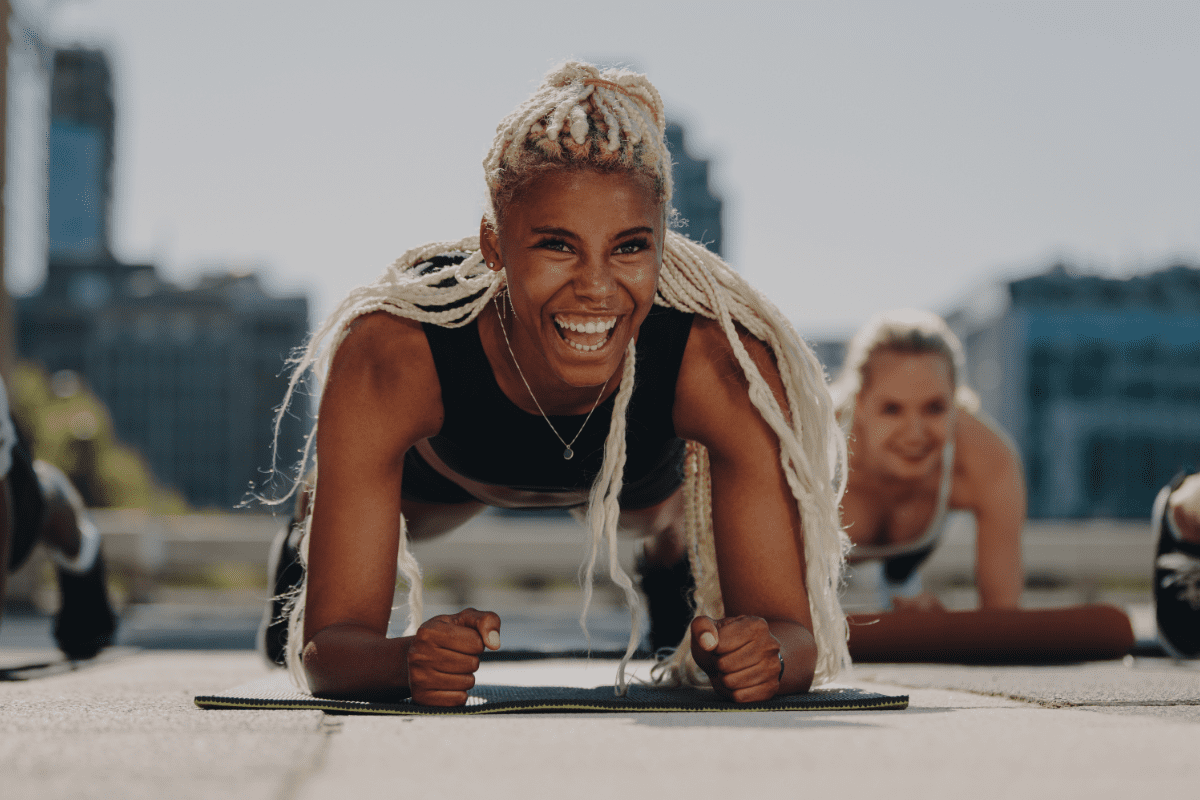
Are you capitalising on one of the fastest growing trends in fitness? Outdoor exercise is skyrocketing in popularity thanks to the influence of Instagram and TikTok. Whether it’s bootcamp training, Park Run, wild swimming, parkour, or calisthenics, more and more people want to train in the “Great Outdoors”.
Are you capitalising on one of the fastest growing trends in fitness? Outdoor exercise is skyrocketing in popularity thanks to the influence of Instagram and TikTok.
Whether it’s bootcamp training, Park Run, wild swimming, parkour, or calisthenics, more and more people want to train in the “Great Outdoors”.
But “green exercise” isn’t just a way to enjoy nature and get some fresh air, it can be a great arena for personal trainers to help their clients train effectively, improve their performance, and hit their goals.
If you’re not already using the outdoors as a space to train clients, we show you the benefits of outdoors exercise, some ideas you can use, and how to build a profitable outdoor exercise niche.
Benefits of Outdoor Exercise
Outdoor exercise offers a myriad of physical and mental health benefits that traditional indoor workouts simply can't match. Here's a glimpse of what your clients stand to gain when they train with you outdoors:
A Harder Workout: Outdoor exercise challenges the body in unique ways. Whether it's running on uneven terrain or cycling against the wind, the natural elements like this can engage more muscles and potentially burn more calories. Adaptability to changing weather conditions builds endurance and resilience, making your clients even stronger.
Cleaner Air: Unlike indoor gyms that can be poorly ventilated, outdoor environments often boast less polluted air, especially in less urban areas. Breathing in cleaner air can improve lung function, reduce the risk of respiratory infections and allergies, and enhance your clients' overall well-being.
A Free Dose of Vitamin D: Sunshine is the primary source of vitamin D for most individuals. This vital nutrient supports bone health, strengthens the immune system, regulates mood, and prevents chronic diseases like diabetes and cancer. Outdoor exercise allows your clients to soak up that much-needed vitamin D, particularly during the sunnier months. Early sunlight exposure before midday also helps better regulate circadian rhythm and sleep-wake cycles.
Better Mood: Outdoor exercise triggers the production of endorphins, dopamine, and serotonin—the trifecta of feel-good hormones that regulate emotions. By reducing cortisol levels (the stress hormone), outdoor exercise fights inflammation and even helps with weight management. Plus, being surrounded by nature enhances well-being, offering breathtaking scenery, invigorating scents, and soothing sounds.
A More Fun Experience: Say goodbye to the monotony of indoor workouts! Outdoor exercise injects joy and variety into your clients' fitness routines. From hiking and kayaking to rock climbing and skiing, the options are endless. By exploring new places and joining outdoor fitness communities, your clients will stay motivated, committed, and excited to conquer their fitness goals.
Examples of Outdoor Workouts
Interval Training: Alternate between high-intensity and low-intensity exercise to boost cardiovascular fitness and burn more fat. Use natural features like hills, stairs, or benches to spice up the intervals. Sprint uphill and walk down, or perform box jumps on a bench followed by a jog around it. Apps or timers can guide you through different intervals of running, cycling, or skipping.
Circuit Training: Combine exercises for different muscle groups without much rest in between to enhance strength, endurance, and coordination. Utilise bodyweight exercises or portable equipment such as resistance bands, kettlebells, or dumbbells. Parks and playgrounds become your training playgrounds. Engage in squats, lunges, push-ups, planks, rows, curls, or leverage trees, poles, and fences for support during exercises like pull-ups or dips.
Yoga: Incorporate yoga into your clients' routines to improve flexibility, strength, balance, and posture while promoting relaxation and mental well-being. Take advantage of parks, gardens, beaches, or forests to create serene outdoor yoga experiences.
Boot Camp-style Training: Design outdoor workouts that combine strength training, cardiovascular exercises, and agility drills to create a challenging and dynamic session. Utilize open spaces in parks or fields for exercises like burpees, mountain climbers, shuttle runs, and jump squats. Incorporate equipment such as resistance bands, agility cones, or battle ropes to add variety and intensity.
HIIT on the Sand: Take advantage of beach settings to create high-intensity interval training (HIIT) sessions. The resistance provided by the sand adds an extra challenge to the workout. Combine exercises like sprints, high knees, lateral shuffles, lunges, and planks with intervals of rest to push your clients' cardiovascular fitness and overall endurance.
Nature Trail Workouts: Explore local trails or hiking paths for a scenic and invigorating workout. Incorporate elements of interval training by utilizing different terrain and natural features like inclines, declines, rocks, or fallen logs. Mix running, power walking, or hiking with bodyweight exercises such as push-ups, step-ups, or walking lunges along the way.
Outdoor Strength and Conditioning: Utilize public fitness equipment found in parks or create your own circuit stations using portable equipment like resistance bands, TRX suspension trainers, or suspension ropes. Design a series of exercises targeting different muscle groups, such as pull-ups, dips, squats, push-ups, rows, and core exercises. Encourage clients to move from one station to another with minimal rest, promoting strength, endurance, and overall conditioning.
Functional Training in Urban Settings: Embrace the urban environment by incorporating functional training into your outdoor sessions. Utilise park benches, staircases, or concrete walls for exercises like step-ups, box jumps, triceps dips, or incline push-ups. Incorporate agility ladder drills, cone drills, or shuttle runs in open spaces such as parking lots or courtyards to enhance coordination and speed.
Teach your clients how to use natural elements like rocks, trees, or water as props for their yoga poses. To market yourself as an outdoor yoga instructor, create eye-catching flyers or cards and distribute them in local areas where yoga enthusiasts gather, such as studios, health clubs, or community centres. Utilize social media platforms like Instagram and Facebook to share videos and photos showcasing outdoor yoga poses, along with valuable tips and advice for practicing safely and comfortably. Additionally, create engaging blog posts or articles highlighting the benefits of outdoor yoga.
Tips for Outdoor Exercise
To ensure a rewarding and safe outdoor exercise experience, keep these tips in mind:
Check the Weather: Before stepping outside, always check the weather forecast and dress appropriately. Avoid extreme temperatures, high humidity, or precipitation that may impact your clients' health or performance. Dress in layers for easy adjustments, and don't forget to wear sunscreen, sunglasses, and a hat for sun protection. If exercising in low-light conditions, wear bright colors or reflective gear to enhance visibility.
Stay Hydrated: Outdoor exercise tends to induce more sweating, particularly in hot or humid weather. Encourage your clients to drink plenty of water before, during, and after their workouts to prevent dehydration and heat-related illnesses. Advise them to carry a water bottle or plan their routes around water fountains or sources. For workouts lasting over an hour, suggest replenishing electrolytes with sports drinks or coconut water.
Be Safe: Although outdoor exercise is invigorating, it's essential to take precautions. Encourage your clients to choose well-lit, populated areas that they are familiar with and that ensure their safety. Discourage exercising in isolated or dark places that could make them vulnerable to accidents or attacks. If exercising on streets or sidewalks, remind them to follow traffic rules. Awareness of surroundings and potential hazards such as potholes, rocks, branches, or wires is crucial. Encourage carrying a phone, an ID card, and some cash in case of emergencies, and consider exercising with a partner or a group for added safety and support.
Have Fun: Outdoor exercise is an opportunity to infuse excitement into your clients' fitness routines and explore new locations. Encourage them to try different activities aligned with their interests and goals. Challenge them with new terrains or intensities. Emphasize the beauty and diversity of nature and its positive effects on their bodies and minds. Foster a fun and comfortable environment for your clients, making them feel confident and motivated during their outdoor workouts.
How to Market Yourself as an Outdoor Fitness Expert
Distinguish yourself as an outdoor fitness expert and attract more clients with these strategies:
Create a Niche: Stand out from the crowd by specializing in specific aspects of outdoor fitness that align with your skills, experience, and passion. Focus on trail running, mountain biking, beach yoga, or parkour, catering to particular client groups such as runners, cyclists, yogis, or adventurers.
Build a Brand: Develop a strong brand identity that reflects your values, expertise, and services. Create a compelling logo, craft a memorable slogan, and establish a professional website and social media presence that showcase your outdoor fitness proficiency. Compile a portfolio of testimonials, photos, videos, or articles that demonstrate the effectiveness of your work. Consider joining online directories or platforms connecting outdoor fitness professionals with potential clients.
Promote Your Services: Once you've built your brand, it's time to spread the word and generate leads. Utilize various marketing strategies such as word-of-mouth, referrals, flyers, business cards, and online ads to reach a broader audience. Offer free or discounted sessions, workshops, or events to attract new clients and demonstrate your outdoor fitness skills. Collaborate with local businesses or organizations sharing your niche or target audience, such as outdoor gear shops, parks, or clubs. Engage in cross-promotion to expand your reach and create mutually beneficial partnerships.
Conclusion
Outdoor exercise is a powerful tool that can elevate your clients' fitness and well-being while providing them with an enjoyable and refreshing experience. As a personal trainer, embracing outdoor exercise can enhance your services, attract more clients, and propel your career to new heights. Encourage your clients to embrace the benefits of outdoor exercise, whether it's the challenge of varied terrains, the cleaner air, the free dose of vitamin D, the mood-boosting effects, or the sheer fun and excitement of exploring new activities. By following the tips for outdoor exercise and leveraging marketing strategies as an outdoor fitness expert, you can carve out a successful niche in this growing industry.
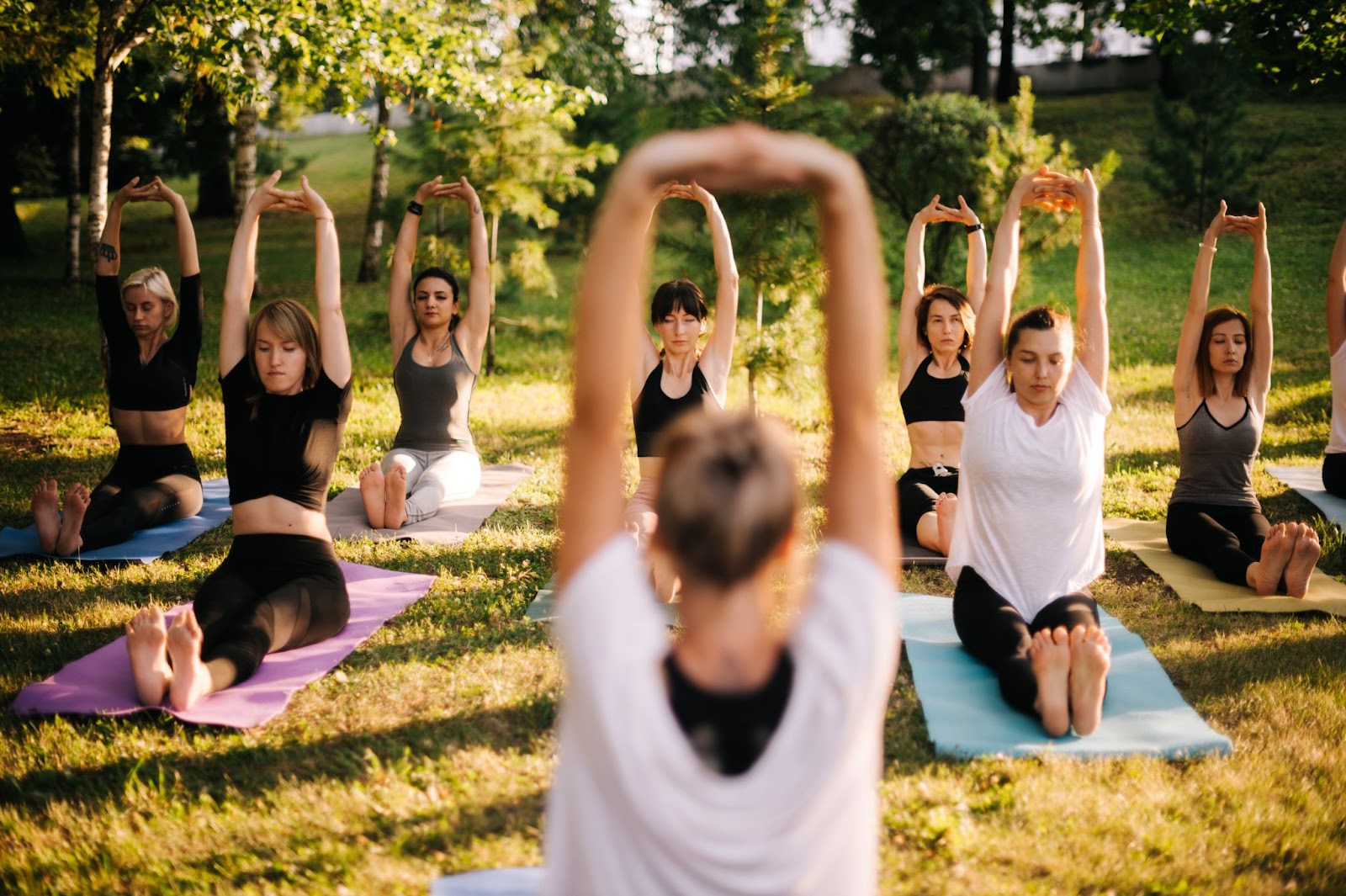
The Benefits of Outdoor Exercise in the Spring

The benefits of training outdoors - Sharon Hutt Personal Training

23 Fitness Industry Trends to Watch Out for in 2023
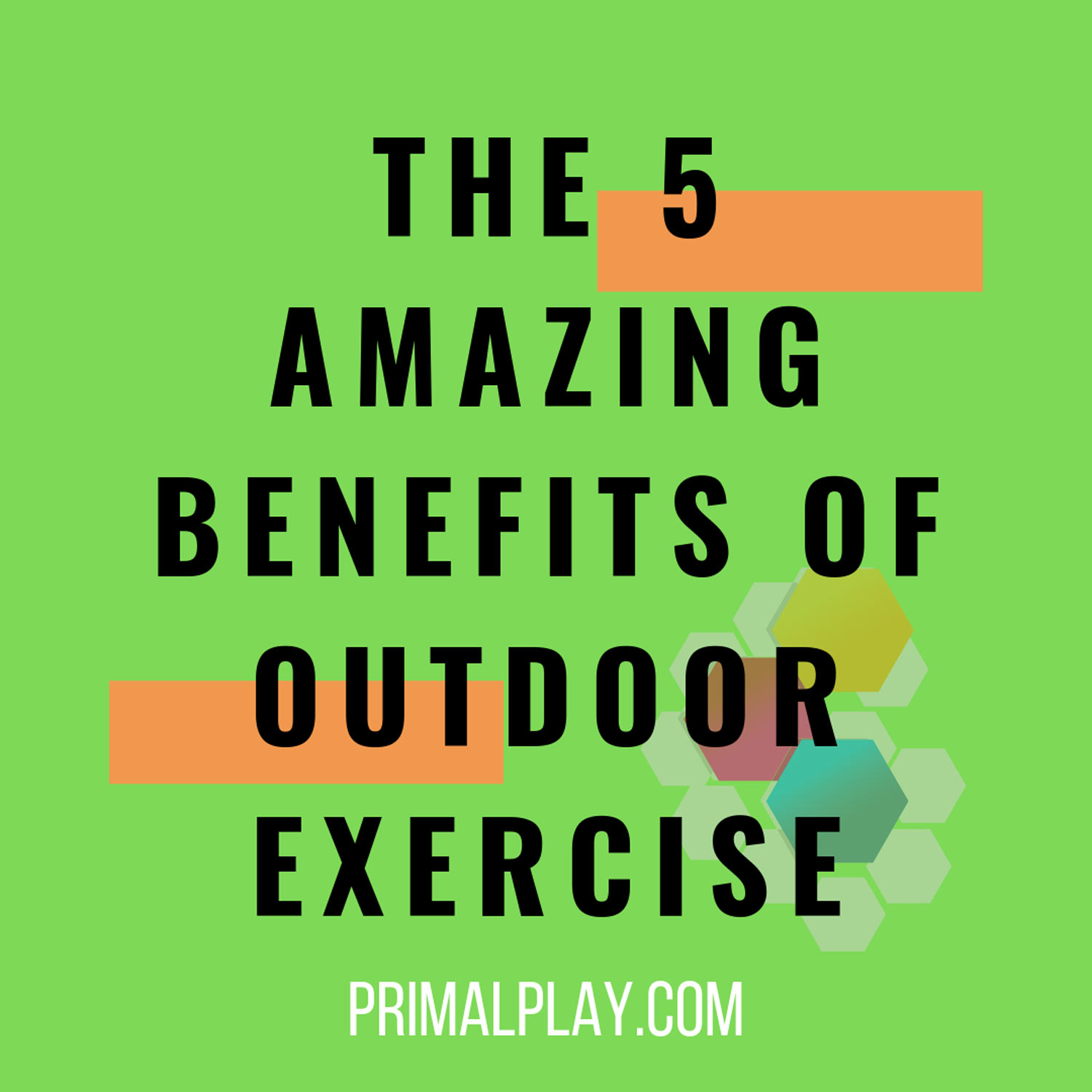
The 5 Amazing Benefits of Outdoor Exercise [Infographic]

Wallace Merriman on LinkedIn: You Be Fit - ZOOM Bootcamp - Bodyweight

Campground Fitness: Exercises You Can Do on the Road

Isaiah Dada on LinkedIn: #fitnesstip #endurance
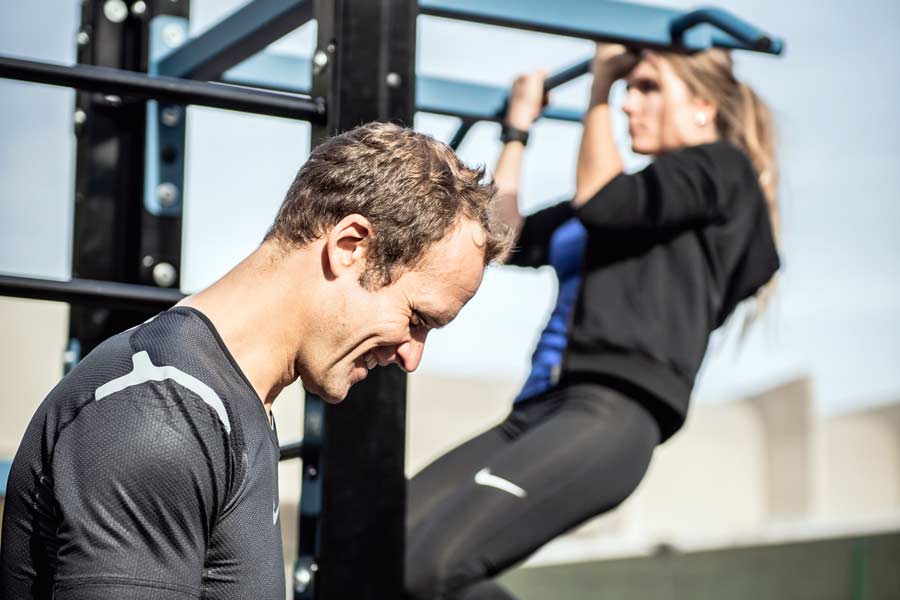
Community Benefits of Outdoor Fitness Equipment - T.F. Harper
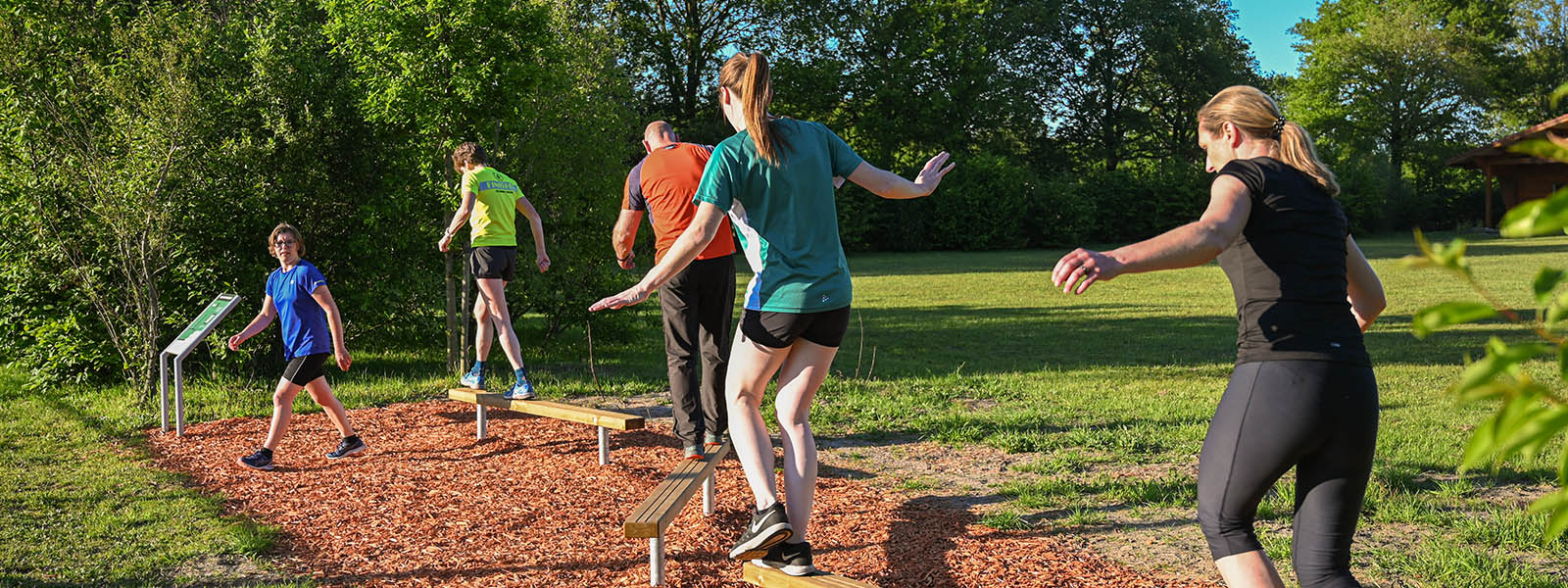
10 reasons why outdoor training is better than a gym workout, Lappset Group
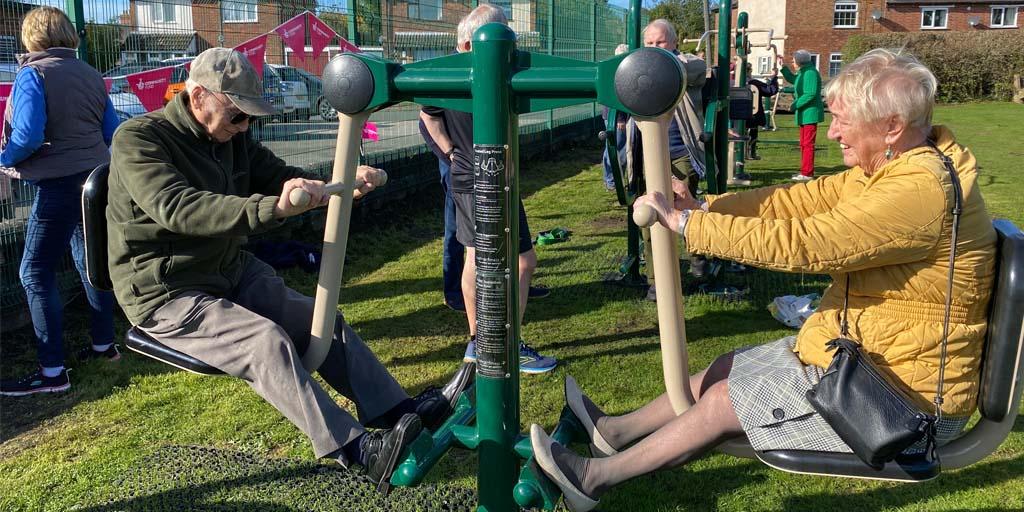
The Fitness Benefits Of Outdoor Gym Equipment For Older People

The Benefits of Training Outside Using Gym Equipment

The Benefits of Outdoor Training - The arena swimming blog

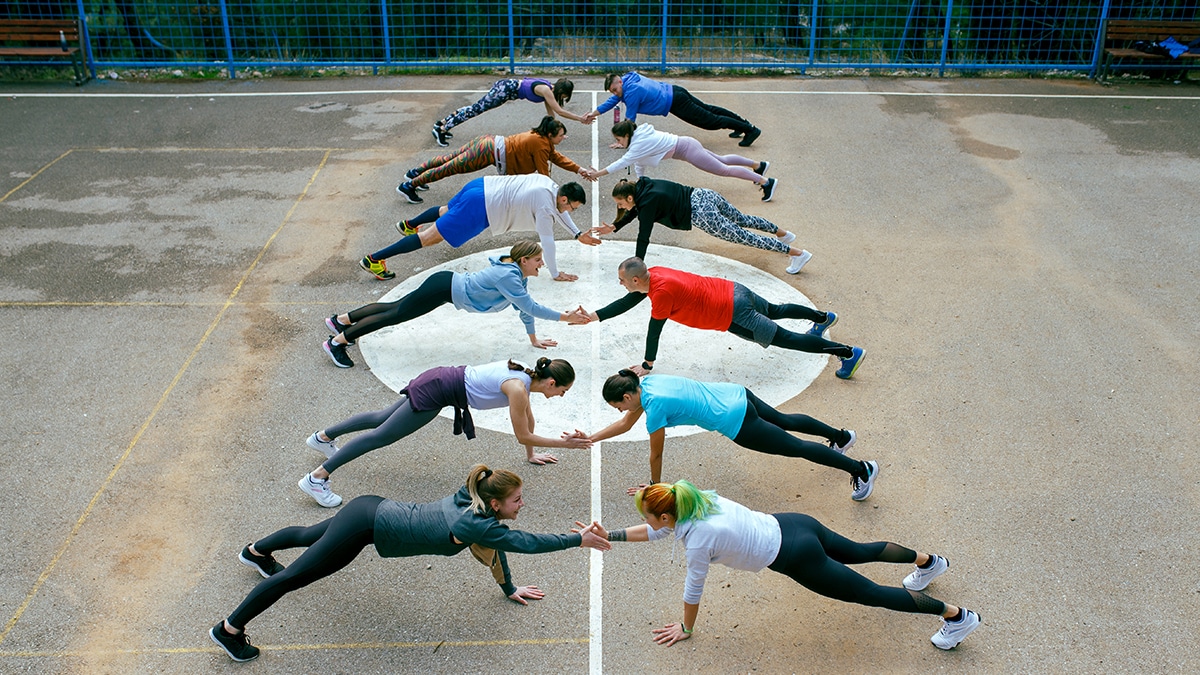



:format(webp)/https://static-my.zacdn.com/p/zitique-2745-1084513-1.jpg)

